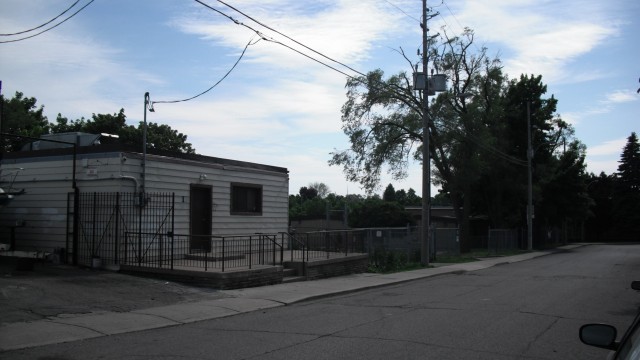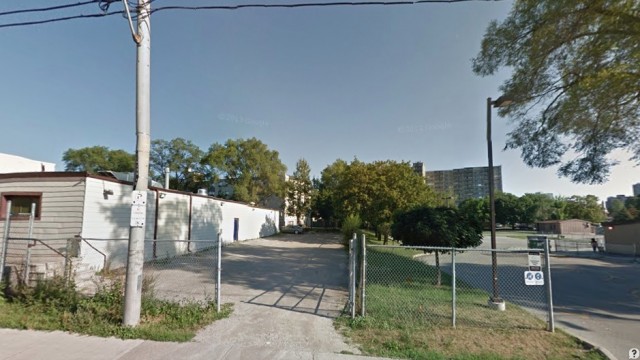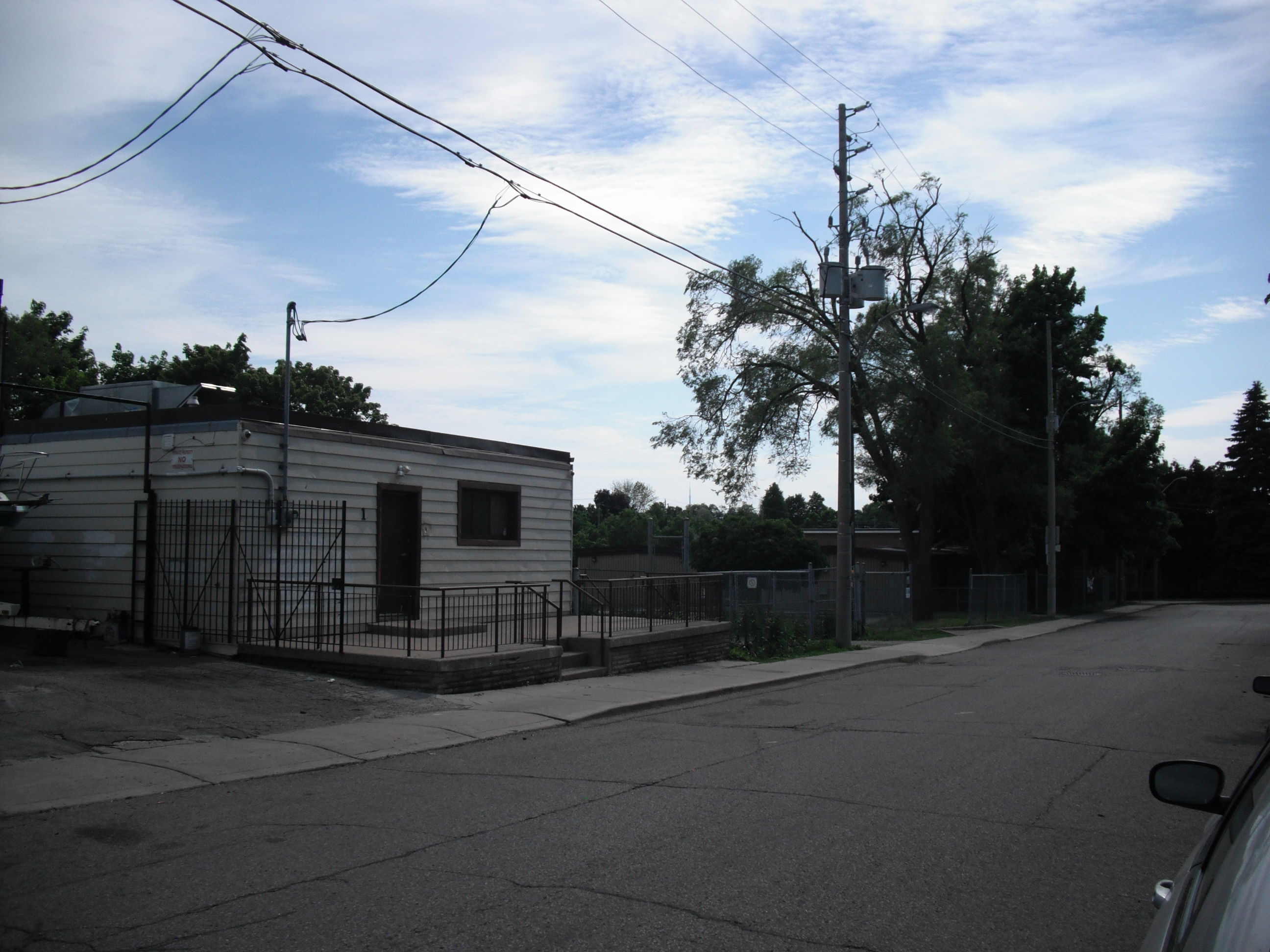by S. Mac Giolla Íosa
Located near the border between Scarborough and East York near Dawes Road, George Webster Elementary School is touted by its officials and the Ministry of Education as being a “model inner city school” that addresses the needs of the neighbourhood’s ethnically diverse community and working class inhabitants.
For a model school, or any other school for that matter, George Webster Elementary has a surprising neighbour. Overlooking the school’s playground rests one of the city’s only remaining indoor shooting ranges.
The shooting range, located at 11 Gower Street, is an inconspicuous one-story building that bears no sign of its function, were it not for the sound of gunshots ringing out from its building. Although the shooting range has existed for some time in the neighbourhood, the changing face of the area means that its presence is increasingly unsuitable, considering how heavily the surrounding area is used by children. In addition to its proximity to George Webster School, a few metres behind the shooting range is a playground of an apartment building that is used daily by children.

The shooting range at 11 Gower St., with George Webster Elementary School behind it. Photo: BASICS Community News Service.
The shooting range has been undertaking a number of initiatives in an attempt to establish links with the community, including hosting a tour of the facility. This is not a surprise, given where it is located and the recent bylaw and zoning restrictions that have threatened its continued existence. On August 29th 2008, the Toronto City Council voted in support of a report entitled City-Based Measures to Address Gun Violence. A number of shooting ranges were shut down as a result of these measures, including one at Union Station, after a public uproar.
Within this report contained a number of measures to curb gun-related activities – except those conducted by the police. Buried in this report, however, is a clause that allows any existing shooting range to continue as usual, stating that “Any amendments to a zoning bylaw would apply only so as to restrict the establishment of new firearm related uses, and would not render existing firearm related uses illegal”. This allowed the shooting range on Gower Street to continue, regardless of the public’s concern for its existence. The city’s policy recommendations were soft-handed when dealing with shooting ranges beyond its immediate control, and they failed to consider the safety of working class communities and children when allowing these ranges to continue in such close proximity to schools and playgrounds.
A manager of a nearby apartment building told BASICS that “most of the members are ex-cops” attending the shooting range. If this is the case, the presence of the shooting range in this community only highlights the ways in which the police and ex-police are one of the primary actors that normalize the use of guns in poor and working class communities.
For the children that attend the school and play in its parks, the sounds of the shooting range serve as a reminder of the violence that is often directed at them, as gentrification continues its march into the East End, and pushes the working class further into the city’s margins. A shooting range like this would never be found straddling playgrounds in wealthier neighbourhoods like the Beaches or Parkview Hills.

Image from Google Streets.
Image from
Comments
